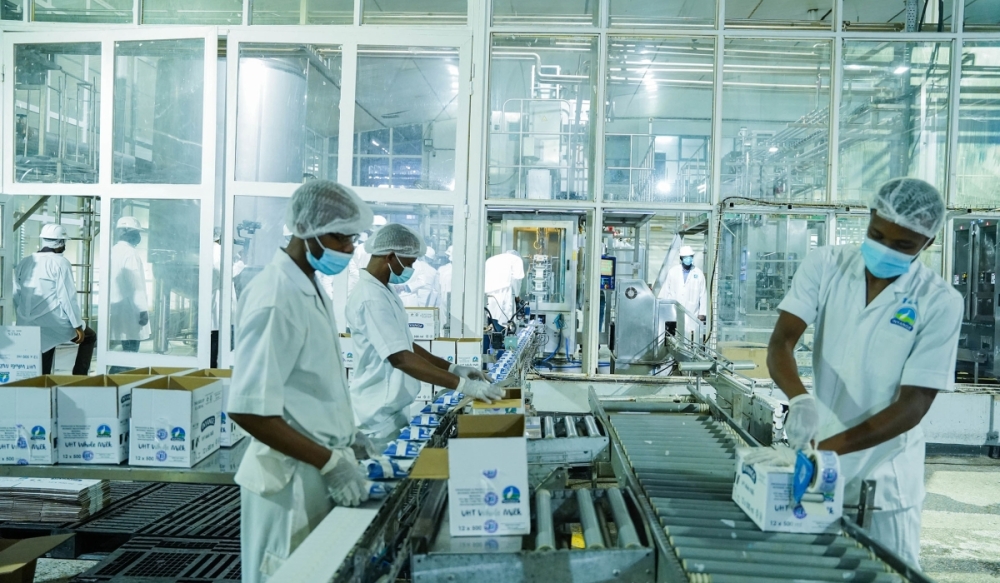

It’s that time of the year again when Rwanda faces severe shortage in milk production leading to sharp price hikes, in part due to speculation.
As is the case with past years, officials have blamed drought for shortage of forage and water in areas where there are no or limited dams.
This has seen drastic fall in daily production, with Nyagatare District, for instance, producing less than 40,0000 litres in July down from an average of 90,000 litres during the rainy season (March-April).
As a result, at least in part, fresh milk is costing an arm and a leg, especially in urban areas, where, for example, a packet of half a litre reached Rwf900 up from Rwf500 about two months ago, while the price of a litre of unprocessed fresh milk increased by Rwf200 up from Rwf400.
Because price hikes have partly been due to speculation, the Ministry of Trade and Industry has been forced to intervene, setting new prices that came into force Thursday, August 24.
The milk problem adds to a general rise in cost of living fuelled by soaring gas and commodity prices globally, making a bad situation worse. Notably, sharp increases in prices have also been witnessed for locally produced foodstuff, including Irish potatoes and beans, even in the countryside.
While price control is a laudable strategy that particularly protects the poor, it does not offer much as far as finding a durable solution to food price volatility is concerned. Price volatility is normal and literally unavoidable, yet quick-fix measures like setting price ceilings should only allow people time to devise medium-to-long-term interventions that streamline food production.
For instance, there is a need for thorough reforms across the national food chain, from closely studying trends and revisiting existing strategies with a view to align them with current and future demand to improving extension services. All players need to harmonise their actions and contribute toward fixing challenges in the supply chain.
For this to happen, the Ministry of Agriculture will need to regularly work closely with other policy institutions; agencies; training institutions like University of Rwanda and Rwanda Institute for Conservation Agriculture; the National Institute of Statistics of Rwanda; local governments (especially in appropriate extension services); the industry; among others.
Agriculture is a pillar of Rwanda’s economy and we must pull out all the stops to turn its fortunes around. While smallholder farmers need continuous support and guidance, efforts should also be made to attract big investors into the sector and to promote agriculture as a truly modern-day industry. Farmers need to be encouraged to work in cooperatives to benefit from economies of scale and availed with the right tools, as well as appropriate skills and technology on aspects like seed varieties and irrigation methods, post-harvest handling, and production and preservation of fodder, among others.
This will put the country in a much better position to prepare for any shocks. Furthermore, this means that crucial projects like the proposed milk powder plant will not potentially lie idle upon completion for lack of raw material or perform way below its capacity (in this case, up to 500,000 litres a day).


